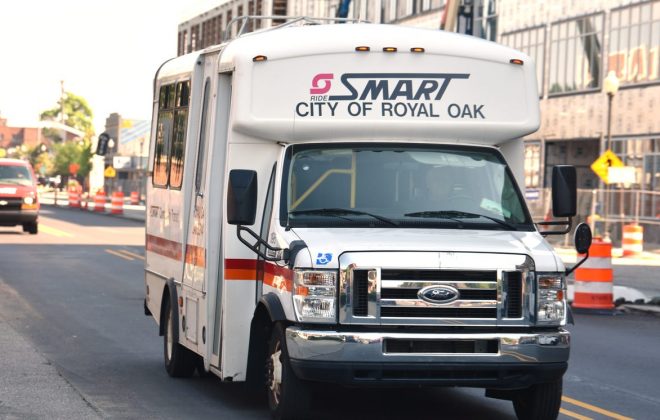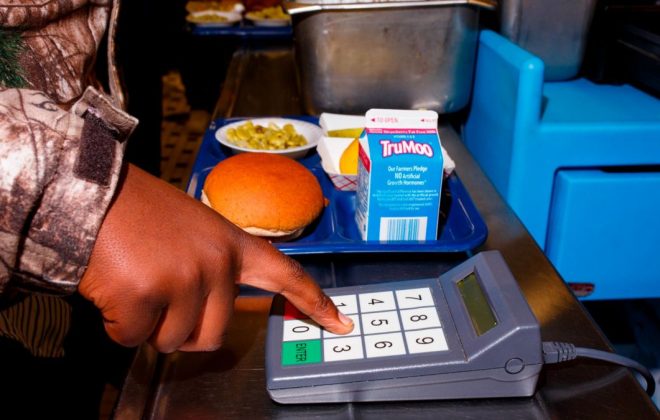Michigan universities lose $1.2 billion to the pandemic
By ZHOLDAS ORISBAYEV
Capital News Service
LANSING — Enrollment is down in almost every public university in Michigan, causing senior administrators to cut payroll to hold the line on tuition increases and meet new costs caused by the pandemic.
“We expect $1.2 billion in financial hits to the budgets of (Michigan’s) 15 state universities for the fiscal year as a result of the pandemic,” said Bob Murphy, the chief policy officer of the Michigan Association of State Universities.
On average, 22% of the universities’ budgets come from state funding and the other 78% comes from student tuition, according to the group that represents the state’s public universities.
“This is a national trend,” Murphy said. “For several decades, states are providing less and less funding for public universities, and university budgets rely enormously on tuition payments.”
The unexpected pandemic has university administrators cutting pay, laying off employees and deferring construction to meet new budget limits.
“The state universities are taking measures like the elimination of nonessential expenditures, hiring and salary freeze, voluntary staff furloughs and reduced hours, postponement of construction projects, reserve funds freeze, and reallocation of a portion of college/unit budgets to meet financial challenges brought by the pandemic,” Murphy said.
The state government kept flat funding to public universities of $1.47 billion in the fiscal year of 2021, according to the association. But enrollment declines represent new funding struggles.
The state universities in northern Michigan experienced a slide in enrollment due to closed borders with Canada as the majority of international students at those institutions are Canadians. And other major institutions, such as the University of Michigan, Michigan State University and Wayne State University, received fewer international students due to the difficulties of arriving in the U.S.
Fourteen of Michigan’s 15 public universities report enrollment drops from 2% to 7%, according to data gathered by Capital News Service.
Lake Superior State University in Sault Ste. Marie has experienced a slight decline of 2.8%, which is 55 fewer students in overall enrollment l compared with fall 2019.
University President Rodney S. Hanley said his school’s enrollment increased in two areas: 5.6% for first-time full-time students and 30% for transfer students, despite an overall enrollment decline.
“We switched to online-only teaching for the remainder of the spring 2020 semester and the summer 2020 term and we, unfortunately, had to lay off 72 staff members,” Hanley said. “The overwhelming majority were called back to work by the end of summer as we began to transition to face-to-face teaching again for the fall 2020 semester.”
Saginaw Valley State University has 119 fewer international students this year, which accounted for more than half of the school’s total revenue decline.
“We project a deficit of $8.7 million in the general fund for the current fiscal year,” said J.J Boehm, the interim executive director of university communications.
Housing, dining and other auxiliary operations are projected to see a $6 million revenue drop, he said. At the same time, costs increase for personal protection equipment, technology and other items are needed to respond to the pandemic.
The university froze tuition, recognizing the financial challenges facing many students and families, he said. And it postponed some construction projects and deferred some maintenance. About 36 faculty and staff positions were eliminated, most of which were vacant and senior administrators agreed to pay cuts of 5% to 10%.
Grand Valley State University expects to spend approximately $16 million in COVID-related costs despite the revenue lost from enrollment, and that figure doesn’t include federal CARES Act funding, according to Dottie Barnes, the associate director of news at the university.
The university president donated 10% of her salary and all vice-presidents and deans donated 5% of their salaries to the Student Support Fund to help students with tuition.
Eastern Michigan University froze salaries for all administrative employees and implemented a voluntary employee retirement incentive program.
The University of Michigan made early estimates of financial impacts of COVID-19 and losses of up to $100 million, and the impact varied across different parts of the institution, according to the office of the Vice President for Communications.
In April, Mark S. Schlissel, the president of the university, predicted that it might face losses of $400 million to $1 billion through the end of the calendar year.
Michigan Medicine, the academic medical center at the U-M, lost around $230 million in the past fiscal year due to the pandemic, according to Rick Fitzgerald, director of public affairs and internal communications.
Only a few universities decided to avoid wage reduction, including the U-M.
“Wage freezes for this year were implemented across the board, except for bargained-for employees who have contractual pay increases,” Fitzgerald said.
Michigan State University experienced close to a 900-student enrollment decline, which impacted the university’s budget and contributing to a $54 million decline compared to last year’s revenue.
Samuel L. Stanley, the MSU president, wrote in a letter to the university community in mid-October that the first-year student enrollment decreased to 8,228, down 342 students from last year.
Despite the coronavirus pandemic, Wayne State University admitted more students than un with fall 2019.
Fall undergraduate enrollment increased 2.3% compared with fall 2019, and Black undergraduate enrollment for first-time college students went up by 58.7%, according to an Aug. 19 statement by the university administration.
Matthew Lockwood, the associate vice president of university communications at Wayne State, said that the university hasn’t approved the budget and couldn’t share any details on it yet.
Murphy said, “All state universities are doing their best to encourage students to continue their study and attract more prospective students to keep enrollment high in winter 2021 and, at the same time, they have prepared for the worst-case scenario of revenue decline from enrollment.”.





